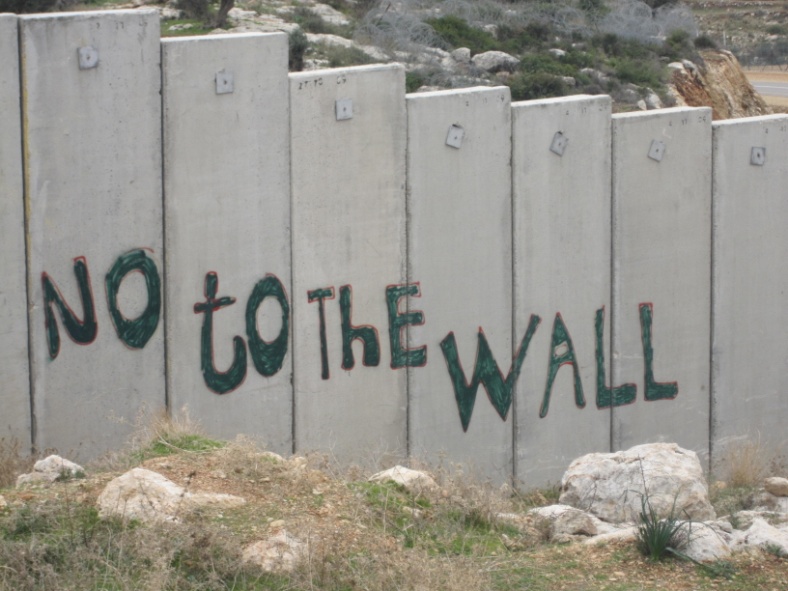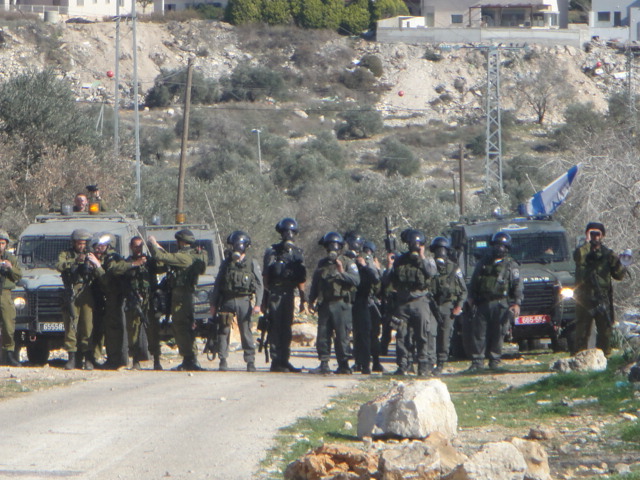Tag: Tear-Gas Canister
-
More deaths and injuries from US tear gas in Palestine, around the Middle East, and in Oakland
15 January 2012 | Adalah-NY US-made tear gas, manufactured by companies like Combined Systems Inc. (CSI), Defense Technology, and Nonlethal Technologies, continues to be used by governments including Egypt, Israel, Yemen, Bahrain and the United States to repress popular protest movements for social justice. In response, human rights advocates will protest again on Martin Luther King Jr. Day, January…
-
Ni’lin honors its heroes and urges military to “Stay Human”
by Barbara and James 30 December 2011 | International Solidarity Movement, West Bank Volleys of tear gas, rubber coated steel bullets and live ammunition is how the Israeli Army met a small demonstration in remembrance of 2 martyrs, in Ni’lin today. Starting after Friday prayers approximately 25 Palestinians and 6 internationals made their way from…
-
Kufr Qaddoum: Demonstrators photograph military violence despite their weapons and cameras
by Amal 23 December 2011 | International Solidarity Movement, West Bank The demand in Kufr Qaddoum for their main road to be reopened continues. Today’s demonstration exceeded the number of participants in the past few protests. Approximately 200 people joined together against this illegal street closure. Many of the supporters came from different parts of…



